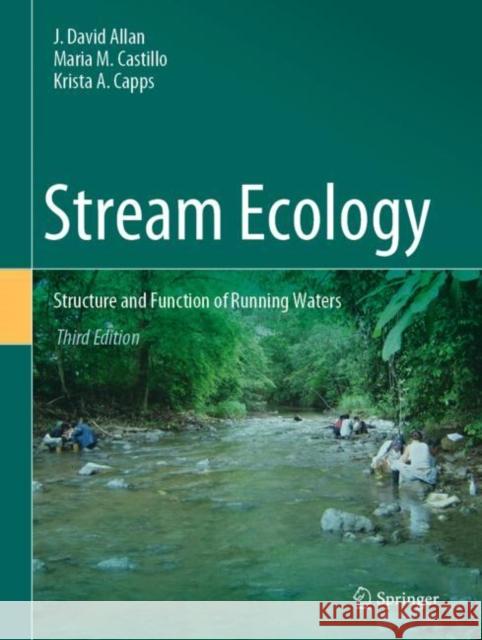Stream Ecology: Structure and Function of Running Waters » książka
topmenu
Stream Ecology: Structure and Function of Running Waters
ISBN-13: 9783030612856 / Angielski / Twarda / 2021 / 485 str.
Stream Ecology: Structure and Function of Running Waters
ISBN-13: 9783030612856 / Angielski / Twarda / 2021 / 485 str.
cena 481,91
(netto: 458,96 VAT: 5%)
Najniższa cena z 30 dni: 462,63
(netto: 458,96 VAT: 5%)
Najniższa cena z 30 dni: 462,63
Termin realizacji zamówienia:
ok. 22 dni roboczych
Dostawa w 2026 r.
ok. 22 dni roboczych
Dostawa w 2026 r.
Darmowa dostawa!
Kategorie:
Kategorie BISAC:
Wydawca:
Springer
Język:
Angielski
ISBN-13:
9783030612856
Rok wydania:
2021
Wydanie:
2021
Ilość stron:
485
Waga:
1.35 kg
Wymiary:
28.45 x 21.59 x 2.79
Oprawa:
Twarda
Wolumenów:
01











